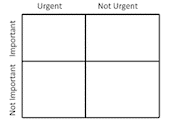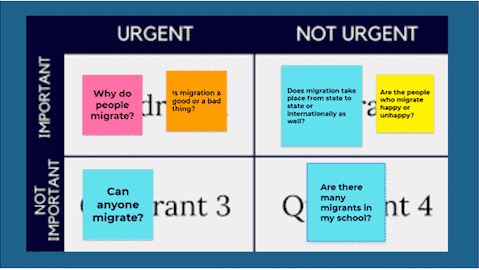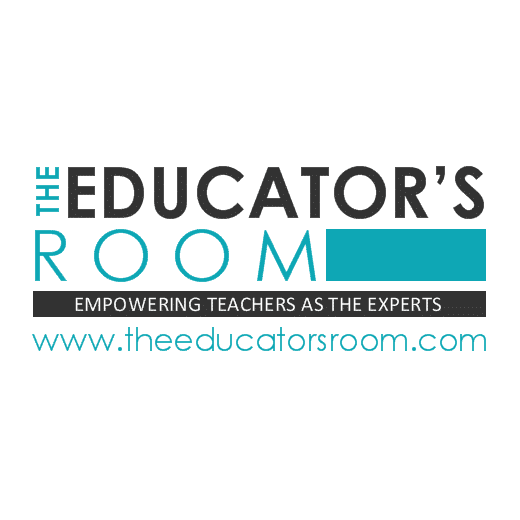 Sanam Edwards is a teacher in DPS International, Gurgaon (India). She enjoys building the student’s voice and choice within the classroom environment while infusing her quirky sense of humor into daily activities. She is an advocate for technology in the classroom and is constantly on the lookout for new ways to engage the students emotionally, especially in light of the COVID crisis that has recently taken over the world.
Sanam Edwards is a teacher in DPS International, Gurgaon (India). She enjoys building the student’s voice and choice within the classroom environment while infusing her quirky sense of humor into daily activities. She is an advocate for technology in the classroom and is constantly on the lookout for new ways to engage the students emotionally, especially in light of the COVID crisis that has recently taken over the world.Most educators (especially those teaching in the PYP) will face challenges when inviting their learners to ask questions that will advance their inquiry journey. I have oftentimes pondered how to steer the young ones in my class towards questions that are not only important to the central idea but are relevant to their lives and the lines of inquiry. It used to frustrate me when questions would bubble over but less than 1/3rd of them would encourage them to reach the depths of knowledge that the unit prescribed.
The inquiry method mandates that young minds experiment, question, and dig deeper into the subject matter. Teachers must play the roles of facilitators and guide the students in the direction of their ultimate goals. In a classroom setting such as this, there are no limits as each child can pursue a different question according to their interests. While this may seem a daunting task, if we hand over control of the inquiry process to the pupils, the teacher has but a small role to play while most of the responsibility lies in the hands of the students. This inculcates a sense of maturity in the young ones as they are accountable for their work and build important life skills as they progress through each phase of learning.
When I commenced teaching in the PYP classroom, I wrestled with questions from students that barely scratched the surface. Since I did not want to encroach on their learning expedition, I was at a loss on how to give them feedback without spoon-feeding them guiding questions. It was then that our coordinator introduced us to the ‘Four Quadrant Strategy’. This approach elicits answers and feedback from the students while offering them a framework on how to create pertinent questions.

The first step that I took was to construct a grid on a whiteboard/blackboard. You can also do this activity virtually by using Google Jamboard or by sharing your screen. The learners should be given a central idea to ponder over and will jot down their burning questions. Once done, they can embark on placing their queries on the grid. The grid is separated into four boxes which include the following titles- important, not important, urgent/relevant, and not urgent/relevant. The facilitator will call out the question and the learners will reflect on the value that the question brings to their knowledge base.
For example, during the unit on Migration, students posted the following questions-
- Are the people who migrate happy or unhappy?
- Why do people migrate?
- Does migration take place from state to state or internationally as well?
- Can anyone migrate?
- Are there many migrants in my school?
We then began to plot the questions on the grid.

The students began to analyze the relevance and importance of each question and moved the questions to the appropriate zones. Some questions were relevant but did not require immediate attention. Others were both relevant and important and needed to be inquired into before branching out further into the topic of migration. As we went along, the Jamboard began to fill with questions that the students sorted into quadrants with no help from me. Collaboration played a key role as the learners had to agree on a quadrant before placing a question there.

My talk time as a facilitator was negligible as the students had a healthy conversation on each question and were able to mull over each other’s viewpoints. This activity also taught the young one’s the importance of reflection on one’s thoughts before speaking. They began to take a moment to formulate their thoughts before speaking out loud, a skill that holds much value all the way into adulthood. This strategy has become an integral part of the inquiry process in my classroom and I resort to it whenever I see the questioning phase go awry.
One can also modify the four-quadrant strategy by creating an X and Y axis if you find that easier. I have tried both methods and found them to be easy for the learners to grasp. I hope this post helps to keep the inquiry fires burning in your classrooms.
If you have any questions, please post them below.






